Devices That Can See Through Walls ?
Devices that can see through walls are typically based on imaging technologies such as radar, thermal imaging, or X-ray. These devices work by emitting a signal or radiation that penetrates through the wall and reflects back from objects on the other side. The reflected signal is then analyzed to create an image of the objects behind the wall.
Radar-based devices use radio waves to detect objects behind walls, while thermal imaging devices detect the heat signatures of objects. X-ray devices use high-energy radiation to penetrate through walls and create an image of the objects behind them.
These devices have a wide range of applications, including law enforcement, search and rescue, and building inspection. However, they also raise concerns about privacy and security, as they can potentially be used to spy on people without their knowledge or consent. As a result, their use is often regulated by law and subject to strict guidelines.
1、 Radar imaging technology
Devices that can see through walls are becoming increasingly popular in various fields, including law enforcement, military, and construction. These devices use radar imaging technology to penetrate walls and other solid objects to detect the presence of people, objects, or structural defects.
Radar imaging technology works by emitting high-frequency radio waves that penetrate through walls and other solid objects. These waves bounce back to the device and are analyzed to create an image of the object or person on the other side of the wall. This technology has been around for several decades, but recent advancements have made it more accurate and efficient.
One of the latest developments in this field is the use of artificial intelligence (AI) to analyze the radar images. AI algorithms can detect and identify objects and people in the images, making it easier for law enforcement and military personnel to locate suspects or hostages. In construction, these devices can detect structural defects in walls and other building materials, allowing for early detection and repair.
However, the use of devices that can see through walls has raised concerns about privacy and civil liberties. Some argue that the use of this technology without a warrant or probable cause violates the Fourth Amendment of the U.S. Constitution. As this technology continues to advance, it is important to consider the ethical implications and ensure that it is used responsibly and within legal boundaries.
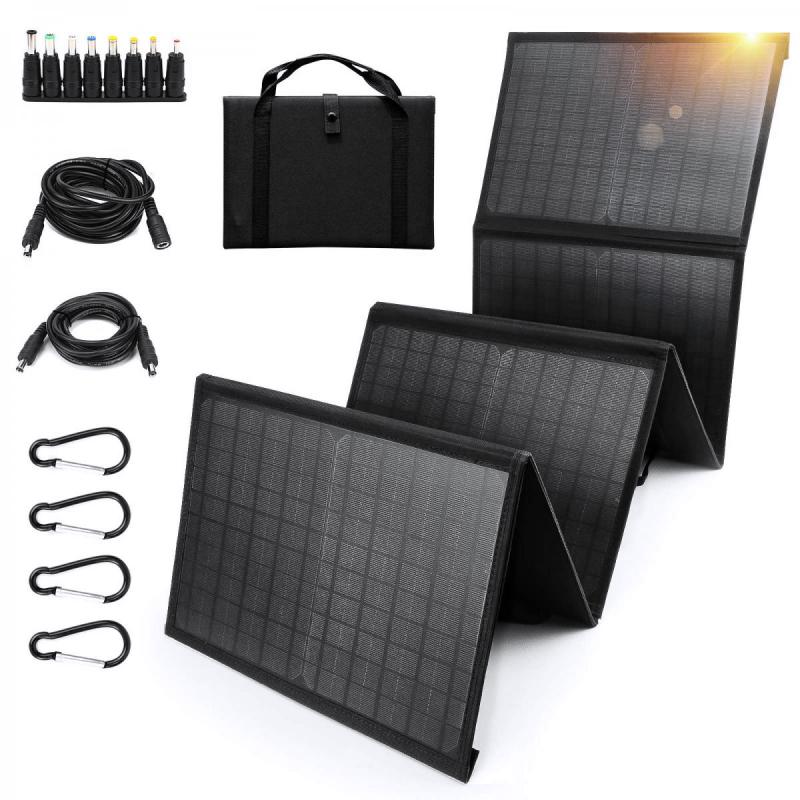
2、 Thermal imaging cameras
Devices that can see through walls have been a topic of interest for many years, especially in the fields of security and surveillance. One of the most commonly used devices for this purpose is thermal imaging cameras. These cameras use infrared radiation to detect the heat emitted by objects and create an image based on the temperature differences.
Thermal imaging cameras have been used in a variety of applications, including law enforcement, search and rescue, and building inspections. They are particularly useful in situations where visibility is limited, such as in smoke-filled environments or during nighttime operations.
In recent years, there have been advancements in thermal imaging technology that have made these cameras even more effective. For example, some cameras now have the ability to detect temperature differences as small as 0.02 degrees Celsius, allowing for more precise measurements and better image quality.
Another development in thermal imaging technology is the use of artificial intelligence (AI) and machine learning algorithms. These algorithms can analyze the thermal images and identify patterns or anomalies that may indicate a potential threat or problem. This can be particularly useful in security applications, where the cameras can be used to detect intruders or suspicious activity.
Overall, thermal imaging cameras remain one of the most effective devices for seeing through walls and detecting heat signatures. With continued advancements in technology, these cameras are likely to become even more powerful and versatile in the years to come.

3、 X-ray imaging devices
Devices that can see through walls are typically referred to as X-ray imaging devices. These devices use electromagnetic radiation to penetrate through objects and produce images of the internal structures. X-ray imaging devices have been used for decades in medical settings to diagnose and treat various conditions. However, they have also found applications in security, industrial, and scientific settings.
In recent years, there has been a growing interest in developing X-ray imaging devices that can see through walls for security and surveillance purposes. These devices can be used to detect hidden weapons, explosives, and contraband in buildings and vehicles. They can also be used to locate people trapped in collapsed buildings during rescue operations.
The latest point of view on X-ray imaging devices is that they have the potential to revolutionize security and surveillance. However, there are also concerns about privacy and safety. X-ray radiation can be harmful to human health, and there are concerns about the long-term effects of exposure to low levels of radiation. There are also concerns about the use of X-ray imaging devices for surveillance purposes, as they can be used to invade people's privacy.
Overall, X-ray imaging devices that can see through walls have the potential to be a valuable tool for security and surveillance. However, their use should be carefully regulated to ensure that they are used safely and ethically.
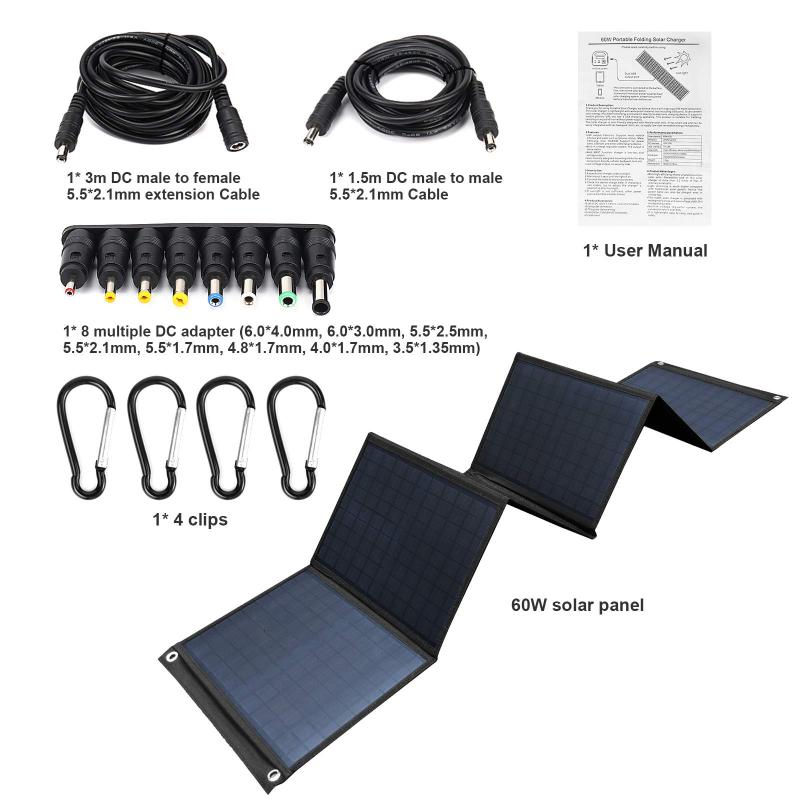
4、 Terahertz imaging systems
Devices that can see through walls are known as Terahertz imaging systems. These systems use electromagnetic waves with frequencies between 0.1 and 10 THz to penetrate through walls and other materials. Terahertz waves have the ability to pass through non-conductive materials such as plastics, clothes, and paper, making them ideal for imaging applications.
Terahertz imaging systems have been used in a variety of applications, including security screening, medical imaging, and industrial inspection. In security screening, these systems can detect concealed weapons and explosives, while in medical imaging, they can be used to detect skin cancer and other diseases. In industrial inspection, they can be used to detect defects in materials and structures.
The latest point of view on Terahertz imaging systems is that they have the potential to revolutionize the way we see the world around us. With the ability to see through walls and other materials, these systems can provide valuable insights into the hidden structures and processes that make up our world. For example, they can be used to study the behavior of materials under extreme conditions, such as high temperatures and pressures.
However, there are also concerns about the potential misuse of Terahertz imaging systems. For example, they could be used for surveillance purposes, raising questions about privacy and civil liberties. As with any new technology, it is important to carefully consider the potential benefits and risks before deploying Terahertz imaging systems in any application.
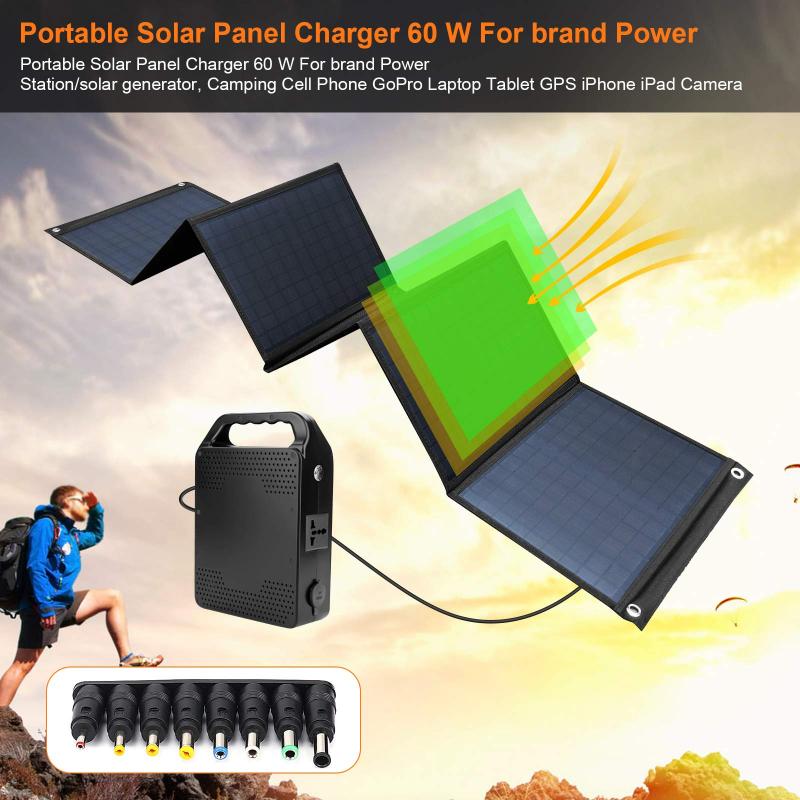

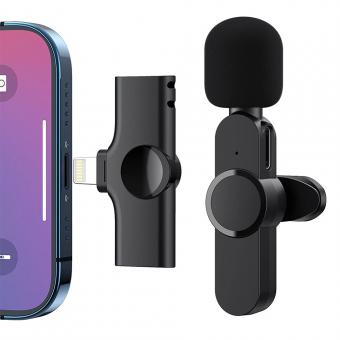
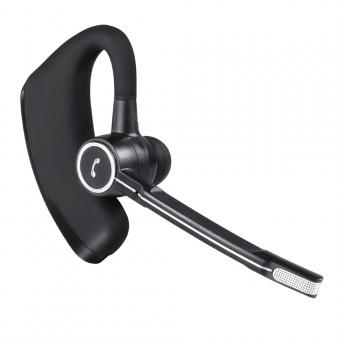


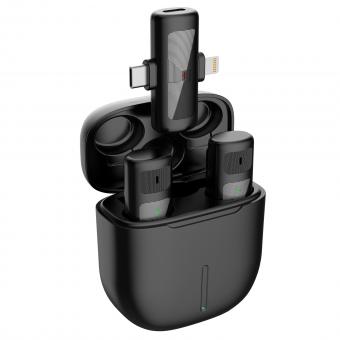
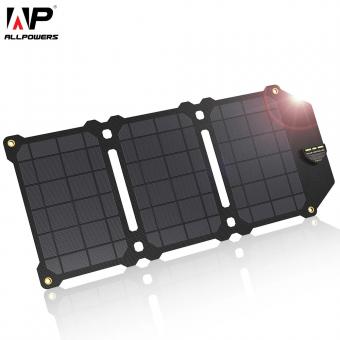
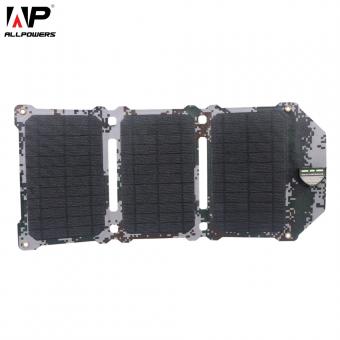

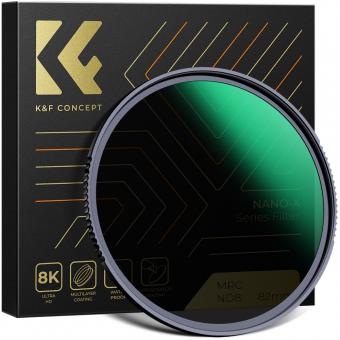
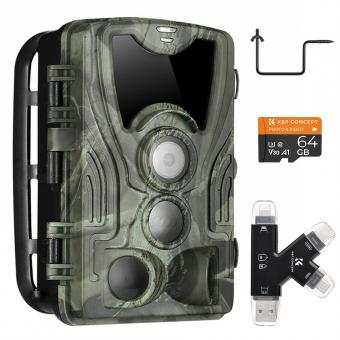





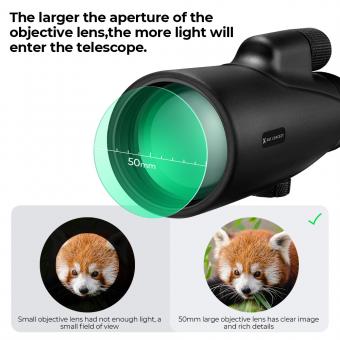

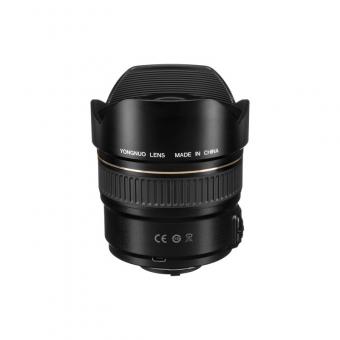











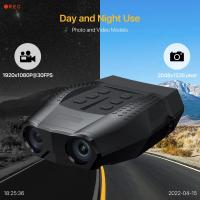


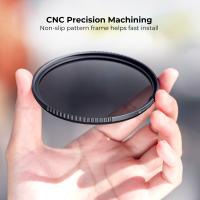

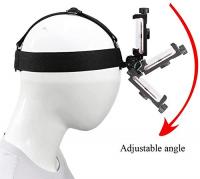

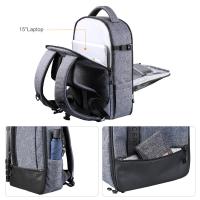

There are no comments for this blog.